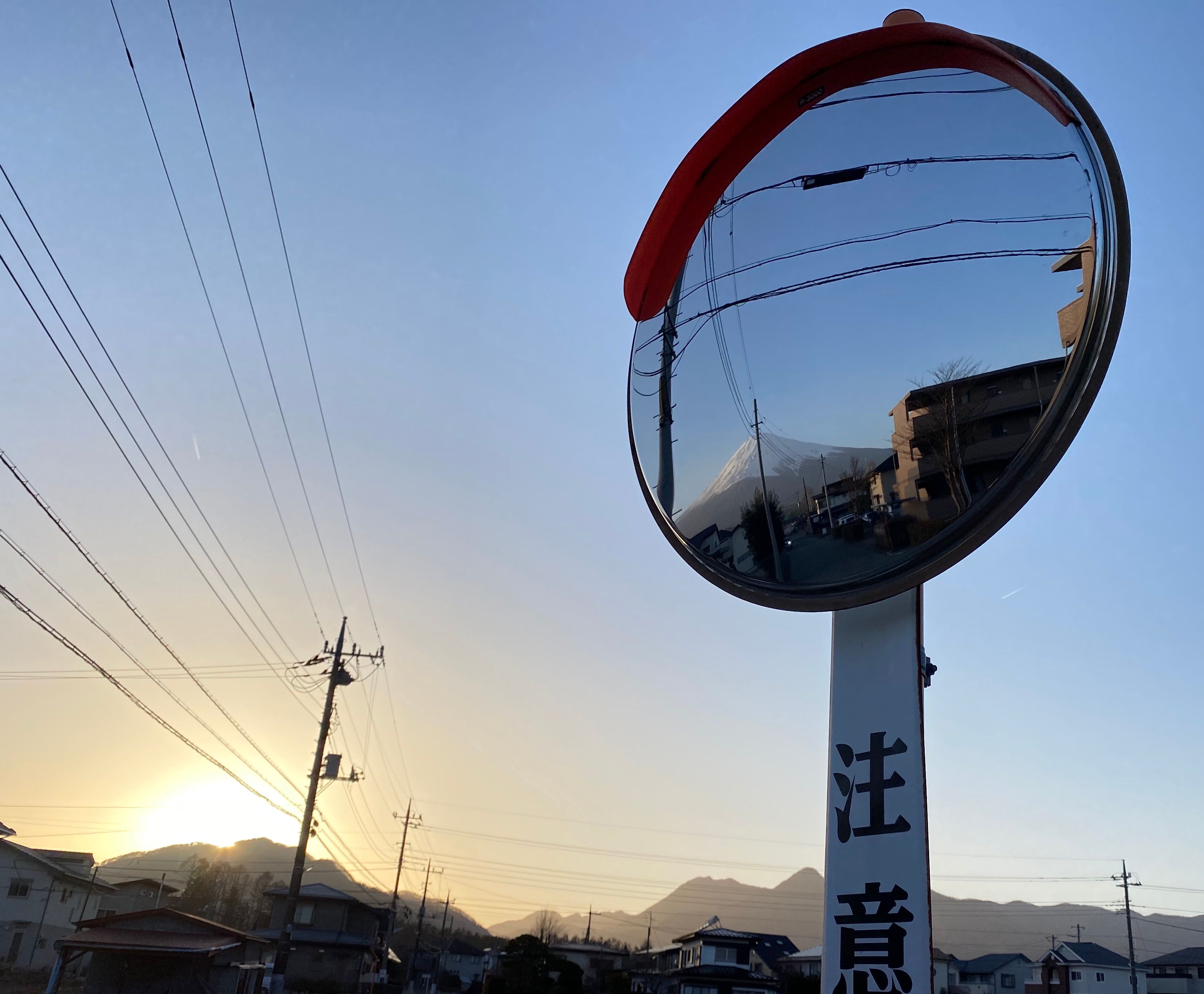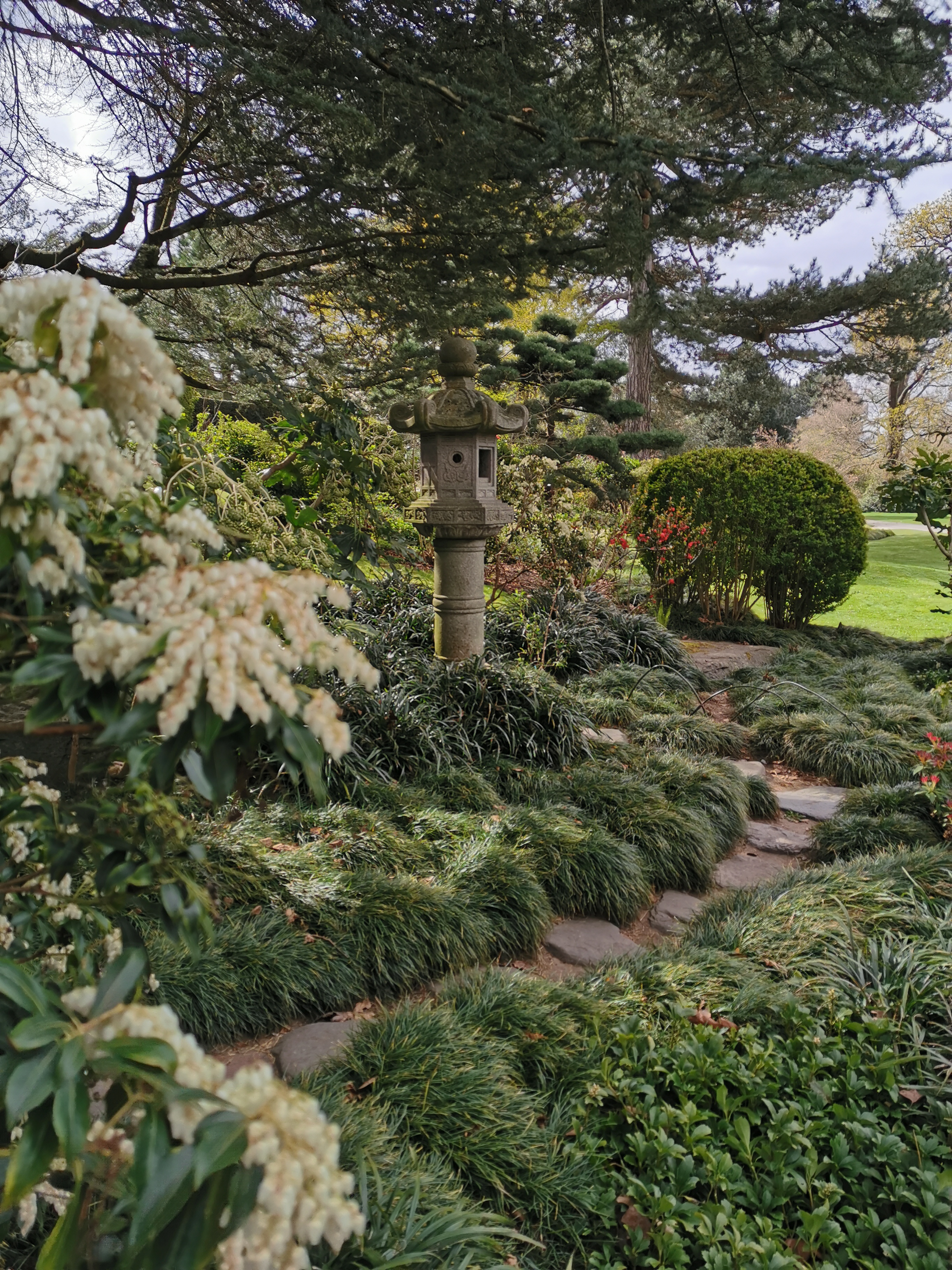
A futuristic new train designed to blend in seamlessly with its surroundings is set to enter commercial service in Japan next year.
The new train will feature an aluminium exterior painted with a texture designed to blend in with the surrounding scenery, leading some to already start dubbing it Japan’s new ‘invisible train’. Meanwhile, the train’s interior will feature a relaxing, homey atmosphere with a soft yellow keynote colour scheme.
The groundbreaking designs for the new train were developed by a carefully selected project team under the supervision of world-famous architect Kazuyo Sejima with the objective of creating “a new train car like nothing ever seen before” for the operating company, Seibu Railway Co., Ltd.
Sejima developed the new train design in collaboration with interior textile designer Yoko Ando and lighting designer Shozo Toyohisa based on three design concepts:
- Easily blend in with the scenery of both urban and natural environments
- Create a living room style atmosphere where anyone can relax
- Create not just a means of transport but a destination in itself
Development of the train’s design is ongoing, and specific dates and routes are yet to be announced, but here are details released so far about the train’s exterior and interior design and onboard facilities.

Exterior Design
・Body Colour
A painted aluminum body finish will softly reflect the train’s surroundings, allowing it to blend in with the scenery in both urban and natural environments. The ingenious surface will also create “new scenery” through the use of a distinctive colour texture.
・Front Surface Glass
・Passenger Cabin Windows
Large windows will be placed at regular intervals to create a truly comfortable interior space consisting of a series of living room-like spaces where passengers can relax.

Interior Design
・Passenger Cabins
The simple interior will feature large windows with bright white walls, lined with yellow seating. Specially designed seats, floor carpeting, and curtain textiles will create a sense of unity and consistency. The seats will feature a sofa-like design unlike anything seen on previous special express trains that wraps around passengers’ bodies, creating a new environment in which they can enjoy privacy in the midst of public space.
・Lighting
Indirect lighting will provide soft illumination. Auxiliary lighting will be incorporated into the luggage shelves to provide lighting for reading and other activities.
・Entrance
When boarding the train, passengers will be greeted with a yellow keynote colour scheme that encourages a sense of relaxation and security. Some walls will feature a curved design, allowing passengers to lean comfortably against the inside walls of the train.
・Amenities
Onboard restrooms in carriages 1 and 5 will continue the yellow keynote colour scheme and convey a sense of cleanliness and relaxation. Carriage 1 will include a multi-purpose restroom, while carriage 5 will feature Seibu Railways’ first women's only restroom and powder room as well as a unisex restroom.
・Onboard Facilities
Seibu Free Wi-Fi will be provided in all carriages, and each seat will be equipped with power outlets, making the train ideal for a variety of travel purposes, from business to pleasure. Onboard LCD displays and signs will provide guidance in English.

Designers
The train car has been designed by a team consisting of architect Kazuyo Sejima, collaborating with textile designer Yoko Ando and lighting designer Shozo Toyohisa.
Architect: Kazuyo Sejima (basic design supervision)

Kazuyo Sejima earned a Master’s degree in architecture before founding Kazuyo Sejima & Associates in 1987. In 1995 she founded SANAA with Ryue Nishizawa. In 2010 she was appointed director of the Architecture Sector for the 12th Venice Biennale. Her major awards include the Pritzker Architecture Prize (United States), Venice Biennale International Architecture Exhibition Golden Lion (Italy), Architectural Institute of Japan Prize, and Officier de l’Ordre des Arts et des Lettres (France). Sejima is currently a professor at several universities around the world, including in Japan (Yokohama), Milan, and Vienna.
Textile designer/coordinator: Yoko Ando

Yoko Ando served as a member of the creative staff of NUNO Corporation before founding her own design firm, Yoko Ando Design, in 2011. She has provided textiles for a large number of public facilities, private residences and other buildings designed by a number of different architects. In recent years she has also provided textiles for architectural works including the Sumida Hokusai Museum (designed by Kazuyo Sejima), National Taichung Theater (both designed by Toyo Ito), and the Art Museum & Library, Ota (designed by Akihisa Hirata).
Lighting designer: Shozo Toyohisa
 Shozo Toyohisa focuses on innovative lighting designs using the latest technologies. He
earned international acclaim for his fibre optic lighting in the Contemporary Japanese
Textiles exhibition at the Museum of Modern Art, New York. He also works in a wide variety of artistic lighting fields, providing exhibition lighting design for the Tokyo National Museum and a number of art museums inside and outside Japan, as well as façade and shop lighting for Dior Omotesando and Gucci Ginza and lighting for public facilities such as Japan’s National Diet Library, all in Tokyo.
Shozo Toyohisa focuses on innovative lighting designs using the latest technologies. He
earned international acclaim for his fibre optic lighting in the Contemporary Japanese
Textiles exhibition at the Museum of Modern Art, New York. He also works in a wide variety of artistic lighting fields, providing exhibition lighting design for the Tokyo National Museum and a number of art museums inside and outside Japan, as well as façade and shop lighting for Dior Omotesando and Gucci Ginza and lighting for public facilities such as Japan’s National Diet Library, all in Tokyo.

















































